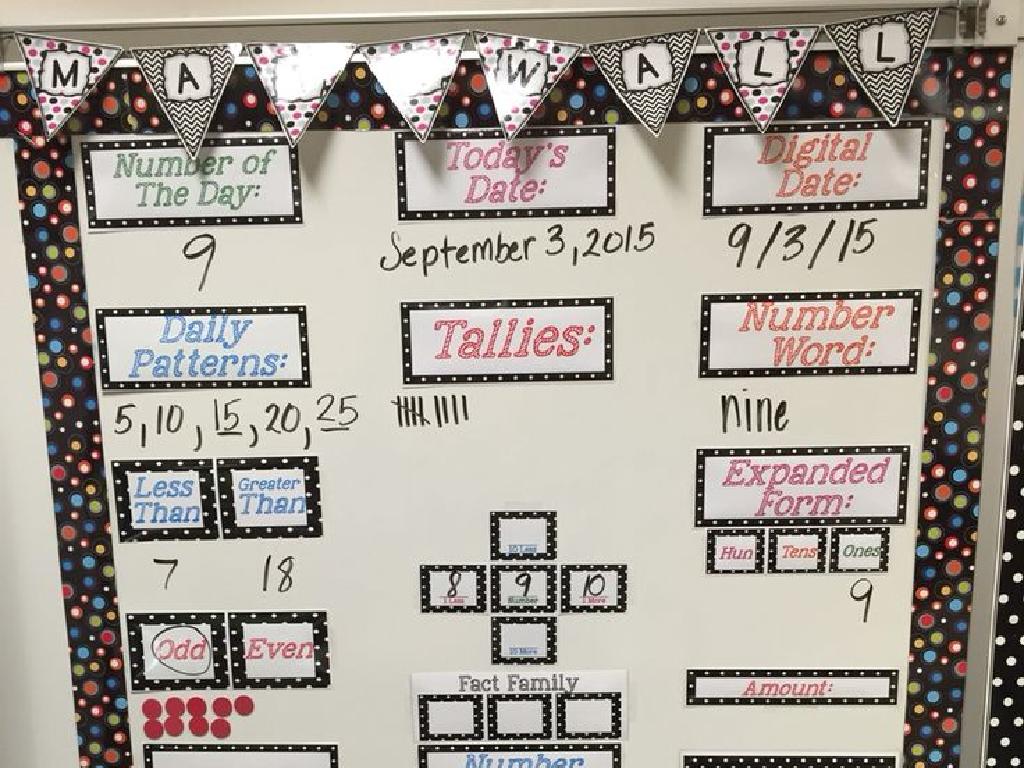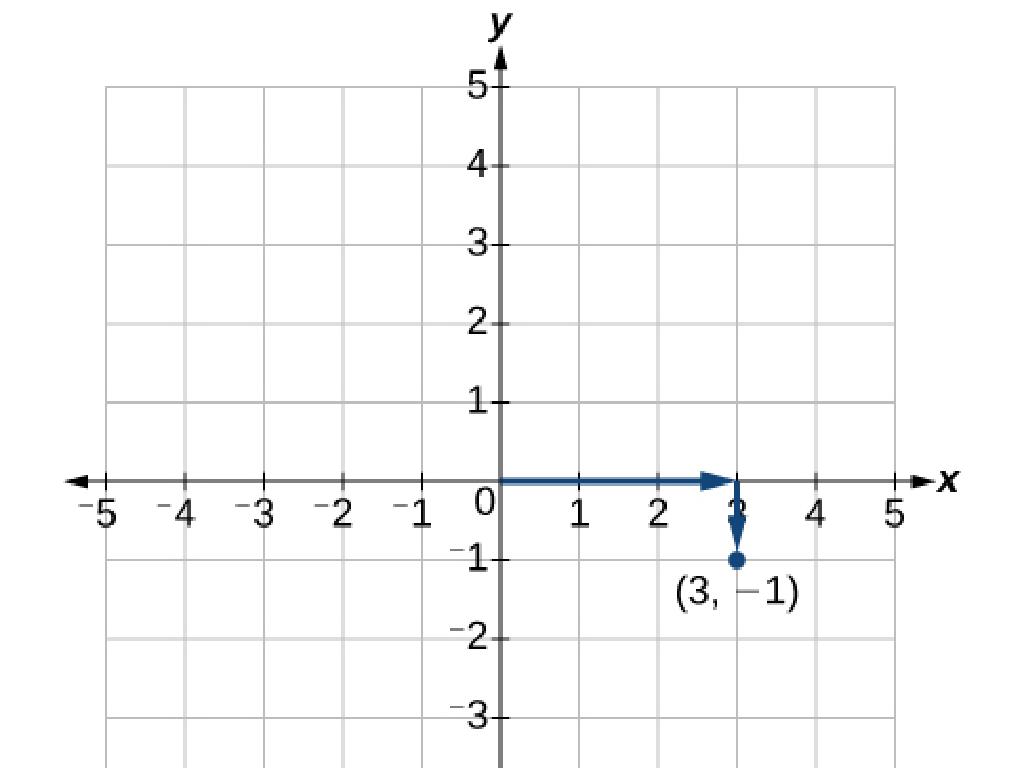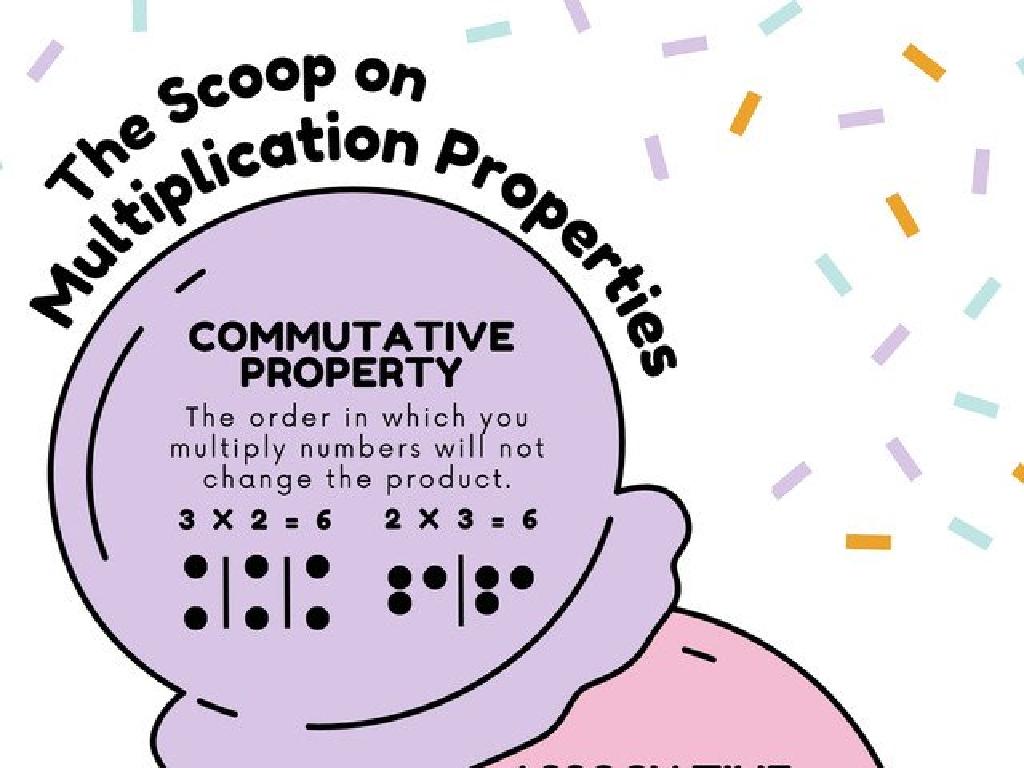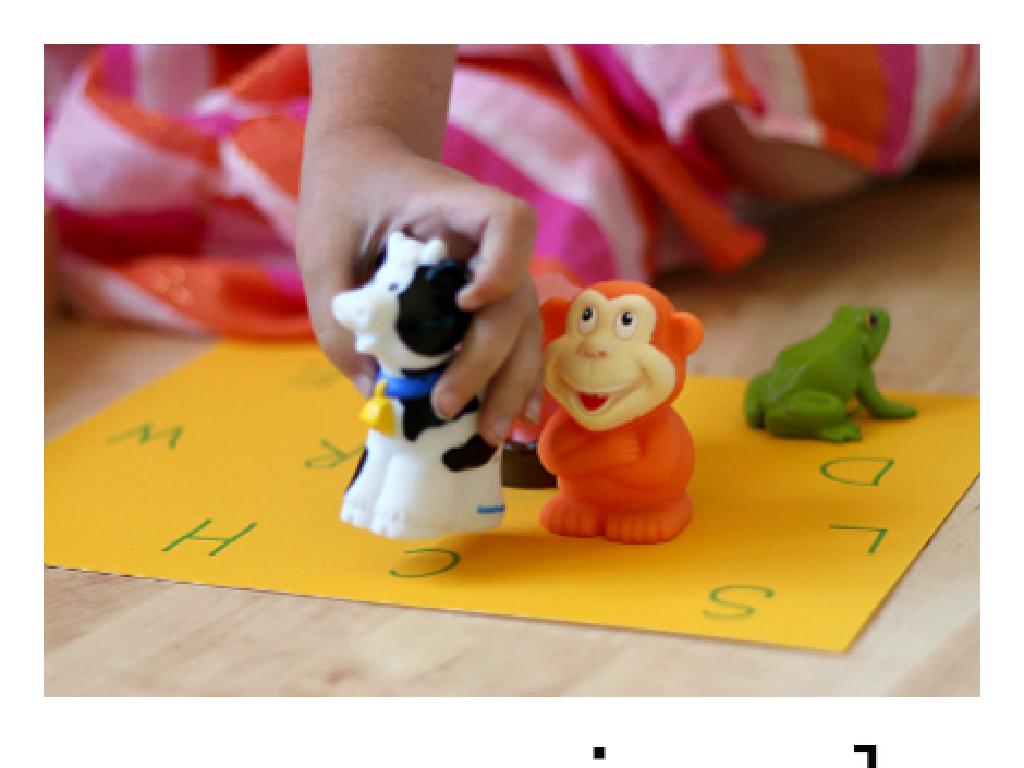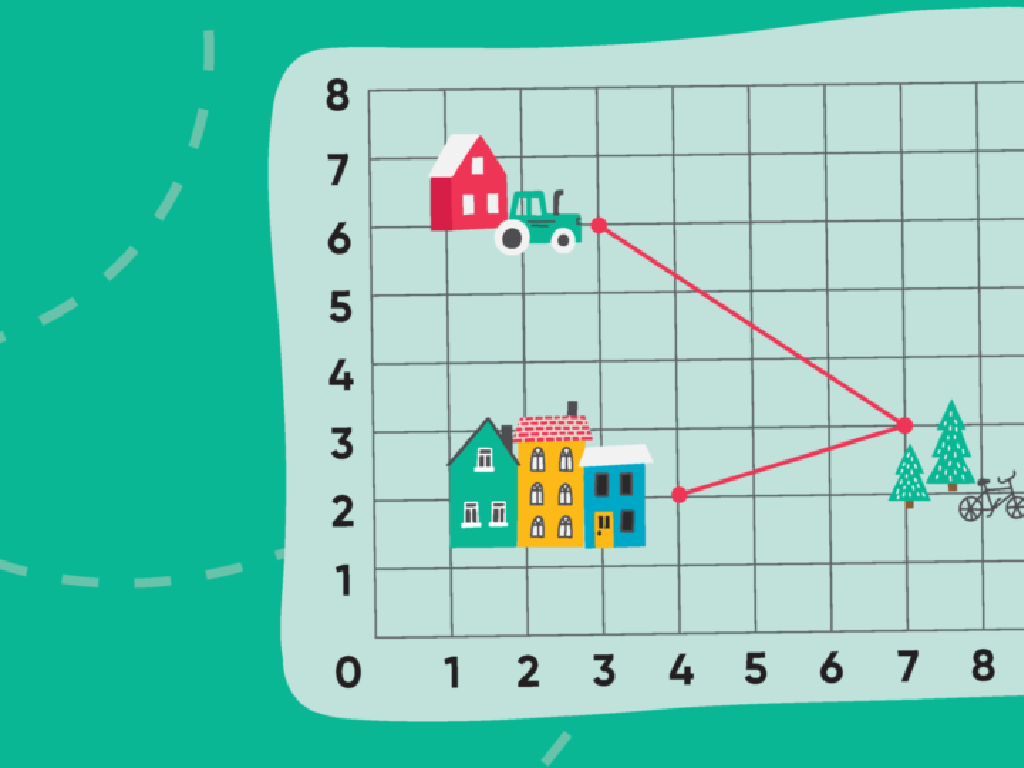The Night Sky
Subject: Science
Grade: Kindergarten
Topic: Astronomy
Please LOG IN to download the presentation. Access is available to registered users only.
View More Content
Exploring the Night Sky
– Greet our little astronomers
– Today’s topic: the night sky
– What’s in the night sky?
– Stars, the Moon, sometimes planets, and airplanes
– Share your night sky observations
– Think about last night, what did you notice?
|
Begin the class with a warm welcome, engaging the children’s curiosity about the night sky. Introduce the topic by asking them to share their own experiences and observations of the night sky. This will help them connect personally with the subject. Explain that the night sky is full of wonders like stars, the Moon, and occasionally visible planets. Mention that sometimes we can even see man-made objects like airplanes or satellites. Encourage them to think back to the previous night and share what they saw or what they remember seeing in the past. This interactive approach will set the stage for a lesson on astronomy that feels relevant and exciting to the students.
Exploring the Night Sky
– Night sky when the sun sets
– A dark blanket with tiny lights
– Imagine a huge, cozy blanket above us
– Stars twinkle up high
– Stars are like small sparkling dots
– The Moon, our big night light
– The Moon is like a giant night lamp
|
This slide introduces kindergarteners to the concept of the night sky. Begin by explaining that the night sky appears when the sun goes down and it becomes dark outside. Describe it as a big, dark blanket that covers the sky and is dotted with tiny lights, which are stars. Emphasize that the Moon is the biggest and brightest light we see at night. Use simple language and relatable analogies like comparing the stars to glittering dots and the Moon to a night lamp to help the young students visualize and understand. Encourage the children to share their own observations of the night sky and what they think about when they look up at night.
Meet the Moon: Our Nighttime Neighbor
– The Moon is close to Earth
– It’s like a friend in the sky!
– It orbits Earth, changing shape
– Sometimes full, sometimes just a sliver
– Let’s count the Moon’s phases
– We’ll learn the names as we count
|
This slide introduces the Moon to young learners as Earth’s closest space neighbor, which they can observe at night. Explain that the Moon moves around the Earth, which is why it seems to change shape in the sky. These shapes are called phases. Engage the students by counting the phases together, starting from the new moon to the full moon, and back again. Use simple language and encourage them to observe the Moon at night with their families. This activity will help them connect with the natural world and spark curiosity about space and astronomy.
Twinkling Stars
– Stars twinkle like tiny dots
– Stars are like distant suns that we see at night
– Stars form patterns: constellations
– Constellations are shapes made by groups of stars
– Let’s create sticker constellations
– Using stickers, we can make our own star patterns
|
This slide introduces the concept of stars and constellations to Kindergarten students. Begin by explaining that stars are similar to our sun but are so far away that they look like small twinkling lights in the night sky. Introduce the term ‘constellations’ and explain that these are like pictures in the sky made by connecting different stars. Engage the students in a fun activity where they can create their own constellations using stickers on a dark sheet of paper. This hands-on activity will help them understand the concept of constellations and stimulate their imagination. Encourage them to name their constellations and share stories about them.
Why is Night Dark?
– Earth turns away from the Sun
– When our side of Earth faces away, it’s night.
– It’s like turning away from a lamp
– Imagine the lamp is the Sun. When we face away, it gets dark.
– Let’s turn around to see!
– We’ll do an activity to understand how night happens!
|
This slide is designed to explain the concept of day and night to Kindergarten students in a simple and interactive way. Start by discussing how the Earth rotates, and when our part of the Earth is not facing the Sun, it becomes night. Use a classroom lamp as an analogy for the Sun to illustrate this point. Encourage the children to physically turn their backs to the lamp to experience the change from light to dark, simulating the Earth’s rotation. This activity will help them grasp why it gets dark at night. Make sure to supervise the activity to ensure safety and help the children understand the concept.
Exploring the Night Sky with Telescopes
– Telescopes let us see far
– Stars and planets up close
– Make a pretend telescope
– Use a rolled-up paper as a telescope
– Explore the sky together
– We’ll pretend to see stars and planets
|
This slide introduces the concept of a telescope as a tool to observe distant objects in the night sky, such as stars and planets. It’s designed to spark curiosity in young learners about the wonders of the universe. Encourage the children to imagine what it would be like to look through a telescope by making one using a simple rolled-up piece of paper. This activity will help them understand how a telescope can make faraway objects appear closer and more detailed. During the class, guide them to ‘use’ their pretend telescopes to explore the classroom, which will be set up with pictures of celestial bodies, fostering a fun and interactive learning environment.
Our Night Sky Activity
– Create our own night sky
– Use black paper as the sky
– Add stars and moon with chalk
– Use white or yellow chalk for stars, and stickers for the moon
– Make the most beautiful sky
|
This activity is designed to be a fun and creative hands-on project for the kindergarten students to learn about the night sky. Provide each student with a piece of black construction paper representing the night sky. White or yellow chalk can be used to draw stars, and moon stickers can be added to complete the celestial scene. Encourage creativity and praise their efforts to make a beautiful night sky. Possible variations of the activity could include using glow-in-the-dark paint for stars, adding planets with different colored stickers, or even creating constellations based on stories or patterns they’ve learned. This activity will help reinforce their understanding of the night sky and allow them to express their learning through art.

